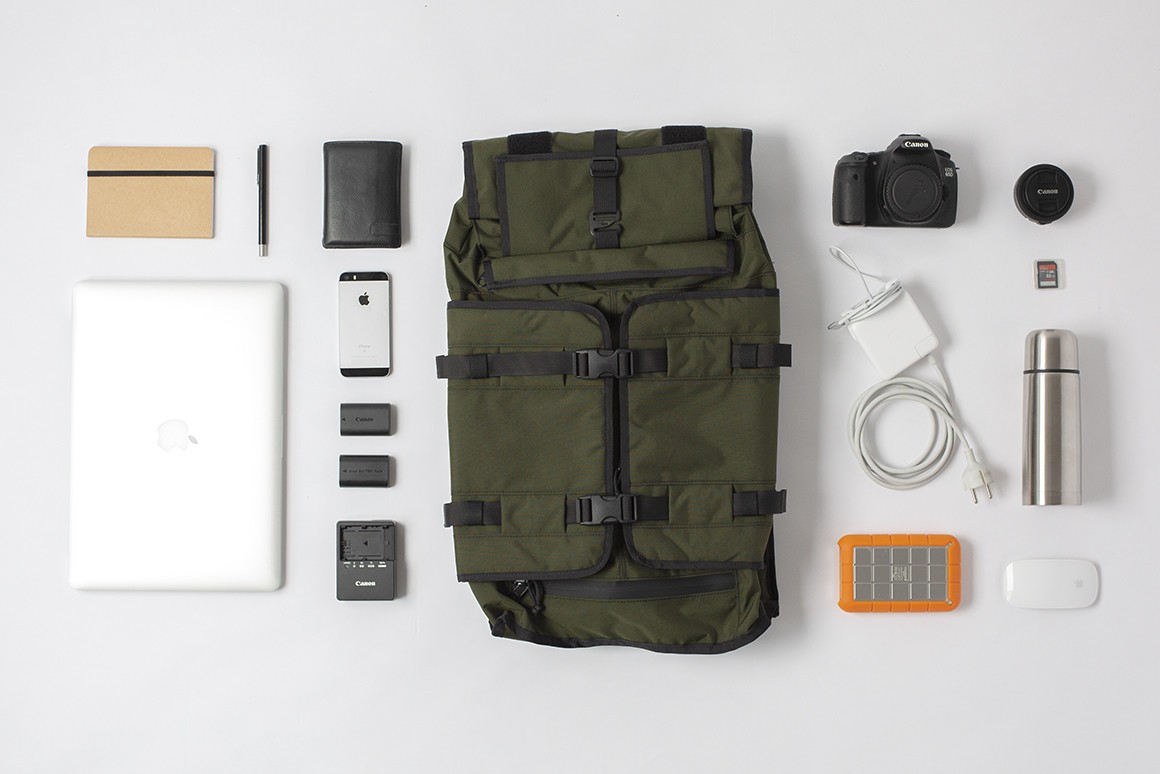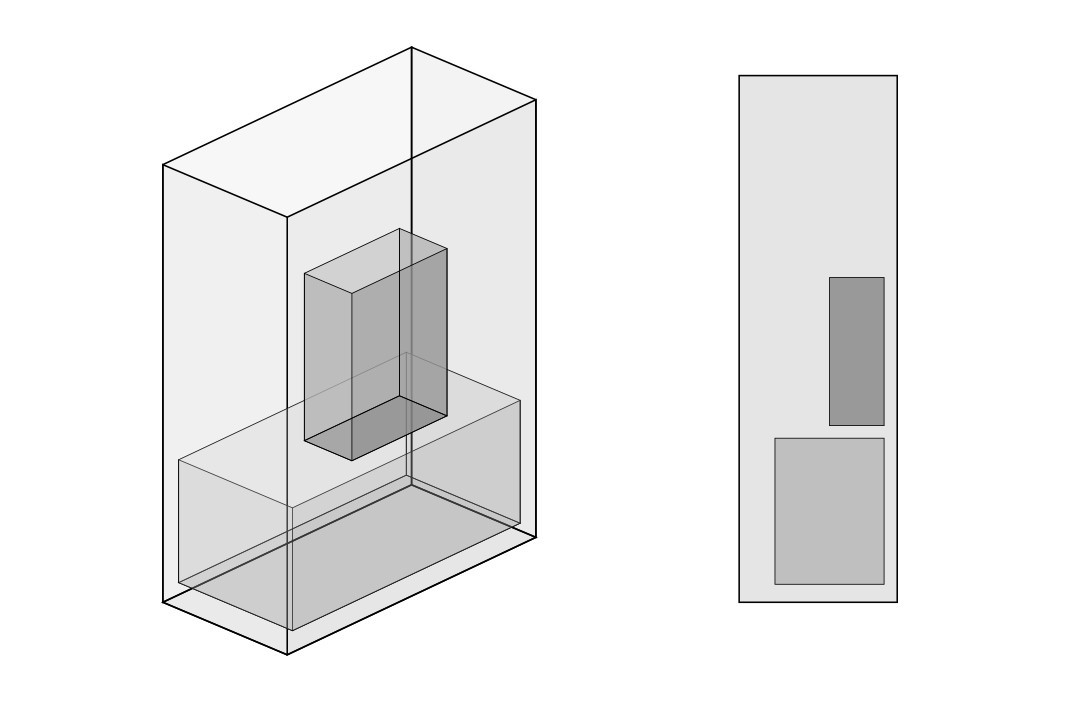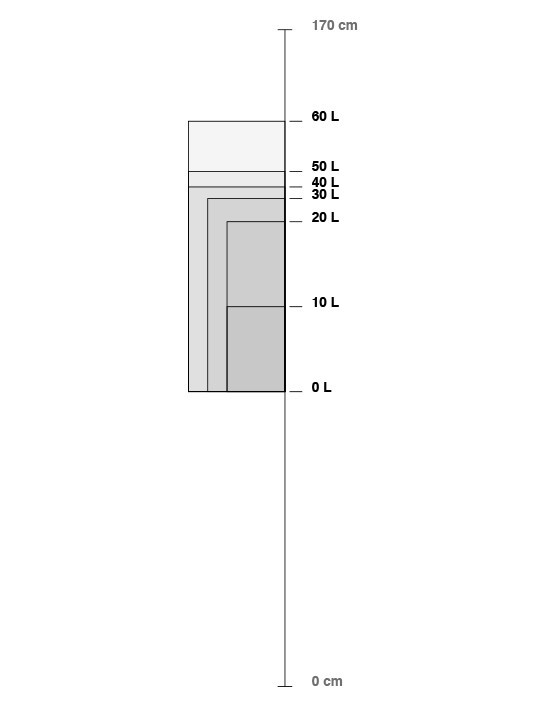21/07/2023
Upgrade

LOADING
Even if you are not going on a multi-day hike, it is very important to load your backpack properly: the better you have distributed its weight, the less you will work. The goal is to place the heaviest objects as close to the center of your back as possible, the intermediate weight objects in the bottom of the bag and on the sides and the light objects on the top. Thus, your center of gravity will be less offset: you will make less effort and will be less likely to injure yourself. The easiest way is to start by laying out everything you will need on the ground. This way, you will have an overview and you can sort everything more easily. For example, if you want to put a tent in your bag, a sleeping bag, and light food, put your tent as centrally as possible (left-right and top-bottom), then your sleeping bag in the bottom ( always centered left-right) and the food (unless you bring cans?) on the top. You can try to keep the objects that you consider essential on the top where the external pockets: easy to access. Finally, you can protect your back from rigid objects by putting them in a pocket (or a coat for example).

SETTINGS
Start by loosening all the straps: those of the shoulder straps (upper and lower), the belt and the sternal strap. Then, adjust the height of the back: the bag should rest as much as possible on your hips so as not to pull your shoulders back. Once your bag is loaded, you can put it on and adjust the belt. Then, tighten the lower straps of the shoulder straps: you should feel that the bag is snug against your back. You can then pull on the upper straps of the shoulder straps: this will bring the bag closer to your back. Finally, you can adjust the sternal strap. If you can still breathe, is that good? .
OPTIMIZED
Compression straps have a very important function: they optimize the volume of the bag. Once your bag is loaded, pulling on the compression straps allows you to compact your bag. So you reduce the offset of your center of gravity and therefore the efforts and the risk of injury. This is why it is always smarter to opt for a bag with a straight back. Also remember that, normally, the weight of your bag should not exceed 20% of your weight.
BOOKMARKS
Opposite you will find a diagram allowing you to represent the volume of your future bag. The example concerns a person measuring approximately 1m70 for bags whose widths vary between 30 and 35 cm.
